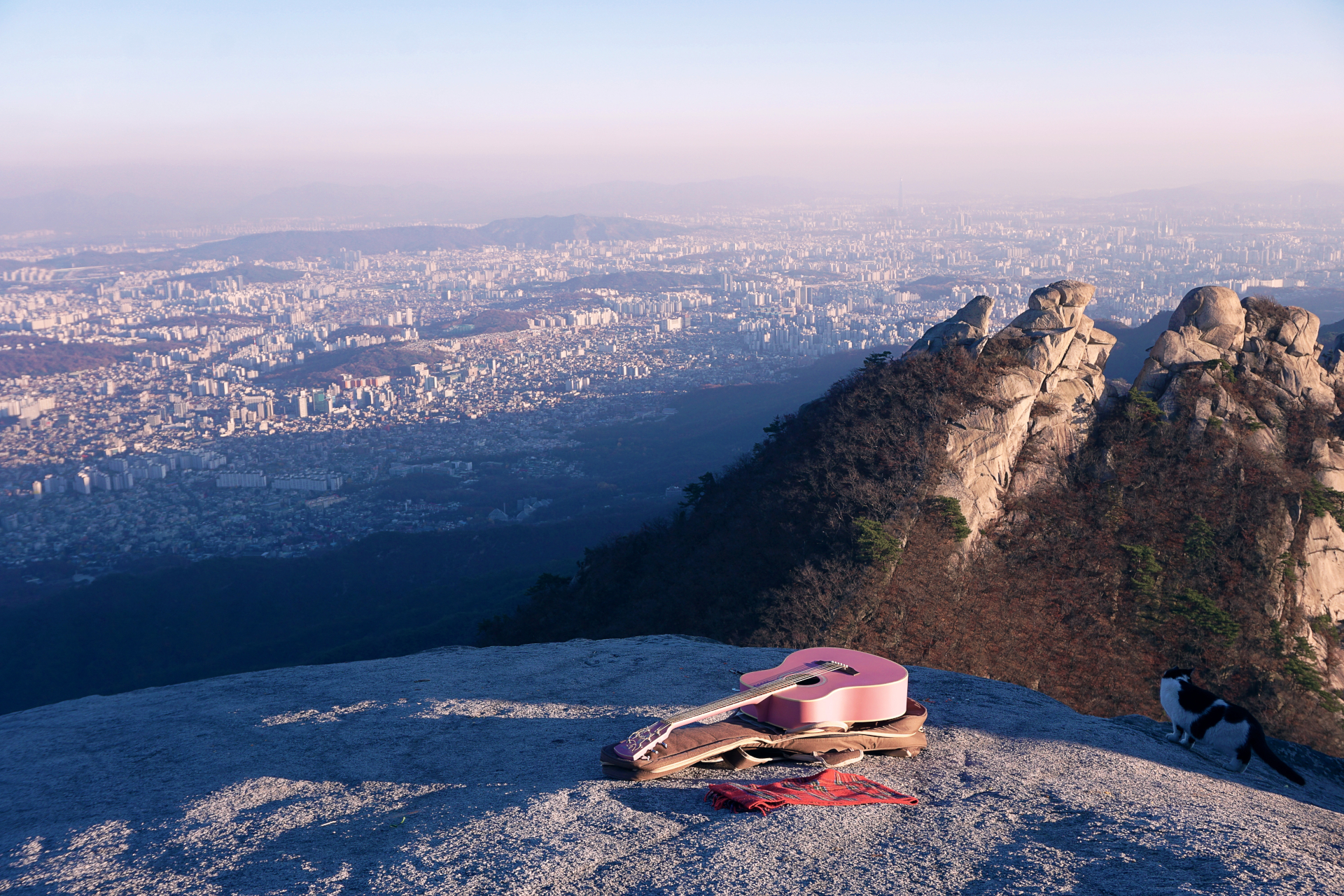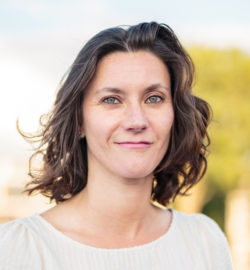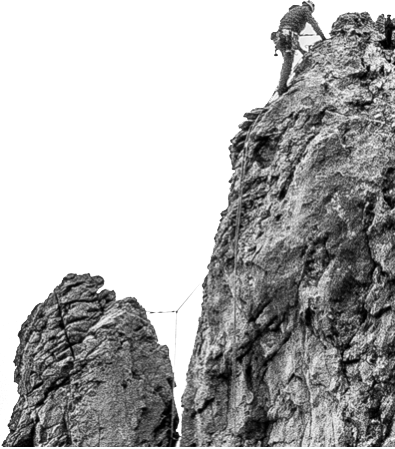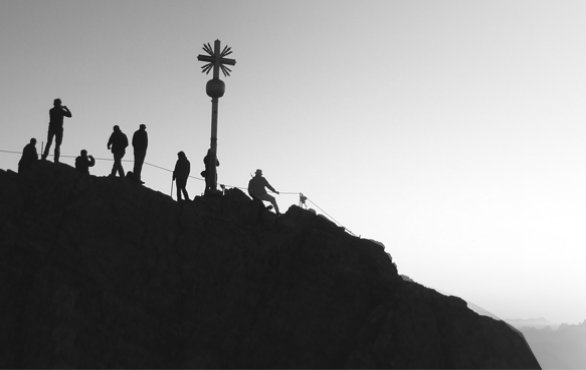For a long time, I didn’t see myself as a creative person. This is strange, because since I was little, I’ve been drawn to dance, music, and writing.
Around age ten or eleven, however, I started to become self-conscious about my creative expression. My expectations of myself were so high that I often drew a blank when I faced an audience. My voice and hands started trembling, and suddenly, I couldn’t remember parts of the music I was about to perform, even though I had carefully prepared. The onset of this stage fright marked the end of my era of carefree dancing and making music.
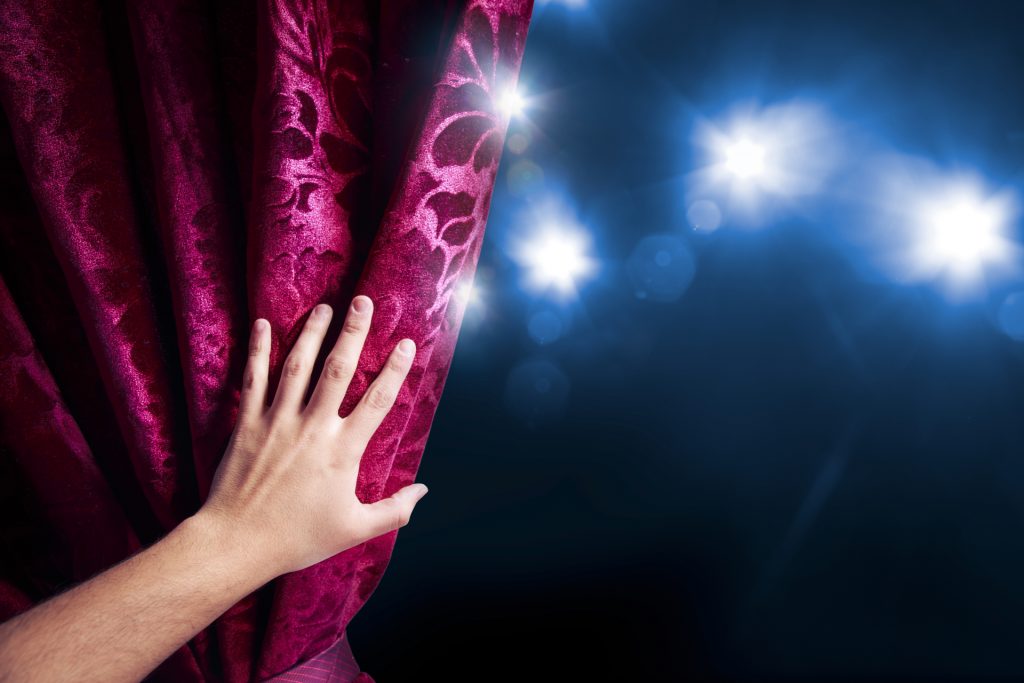
The easy way out these uncomfortable feelings would have been, of course, to stop performing in front of others. But I had an impulse stronger than that fear, too: namely, my need for validation and recognition from others.
These feelings were especially strong around the time I started high school—which was also a time when I found it especially difficult to make friends. I had absolutely no clue that people could actually like me for the person I am; I thought they would only like me if I displayed a special skill of gift. So I used my musical skills to draw attention to myself. I sang, accompanied myself on the piano, and even started to write songs. And though this made me somewhat less anonymous at school, it didn’t lead to any new friends.
Nevertheless, I was determined to make music into my career.
At the root of stage fright is the risk you take when you perform in public and face the judgment of others. When you take the stage, there will always be people who criticize you or don’t see your creative potential. As an adult, I recognize that you have to be prepared for that. But at the time, like most teenage girls, my self-confidence was very fragile. As a child, I had never been encouraged to trust my own judgment or intuition. So when some people who were “authorities in the field” didn’t recognize my vocal talent, I held their judgment for the truth and gave up.
When you take the stage, there will always be people who criticize you or don’t see your creative potential.
The Creative Identity
From that moment on, I no longer saw myself as creative person.
Even so, I never stopped singing for my own enjoyment. I pursued this as a skill I really wanted to master. After a decade of devoted work on my voice, I gradually started to perform solo again in public; I even made money as a performer in classical music. But I thought of myself only as a musical interpreter, not a musical creator.
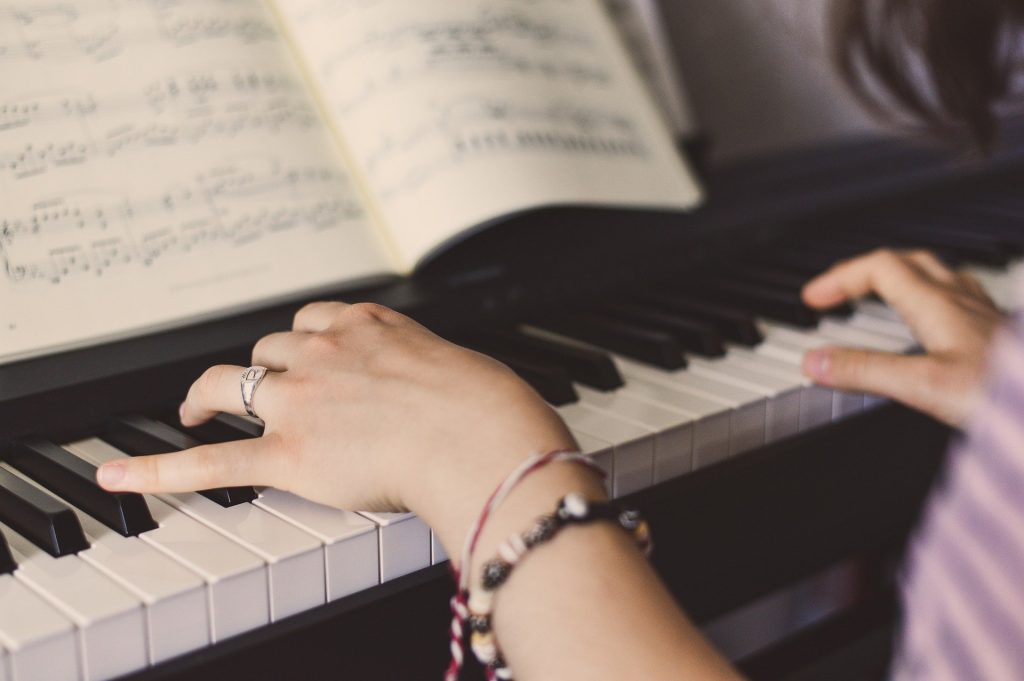
Even though I was pleased with what I’d finally achieved in my musical career, I was experiencing a sense of restlessness. Immersing myself into nightlife was a great outlet for my energy at the time, but ultimately, I didn’t find it fulfilling or purposeful. I felt a need to start with a new chapter in my life.
The problem was, I didn’t know what that new chapter was supposed to be. For years, I felt only that restlessness; its purpose remained elusive.
I found a compass in Julia Cameron’s The Artist’s Way. Through the introspective exercises in this book, I connected again with the activities I enjoyed so much during my childhood—dancing, writing, and making music—and, consequently, with my desire to create. It appears that the games and creative outlets you are drawn to as child reveal a lot about your talents and potential as an adult. If you find it difficult to channel your creative restlessness or discover what you’re passionate about in life, you might find answers by looking at your childhood.
So after fifteen years, I rediscovered myself as a creative person. I started writing music again at the piano. But I still felt hesitation. Can I really do this? Who am I, that I suddenly want to start doing this at age thirty-three? In the end, I surpassed my own expectations and did something I never thought I would ever do: I released a CD with self-written and self-produced songs. This was a milestone in my life. Suddenly, I was a creative musician and not ”just a singer” anymore.
I still felt hesitation. Can I really do this? Who am I, that I suddenly want to start doing this at age thirty-three?
The Light Bulb and the Compass
In the music industry, however, there is very little time to sit back and enjoy your achievements. You have to keep up with the ongoing rat race. In addition to performing as much as possible, this means managing your online presence. You have to make sure to show that you are successful and doing well, preferably 24/7. That’s how I found myself spending less time writing new music and more time on social media. My sense of inner tension returned: this was not the creative life as I had pictured it.
Then I discovered the loop station, a pedal that records and layers musical phrases you sing or play. I enthusiastically started to experiment with this new way of composing, which made it possible for me to sound like a whole band as a solo artist. And as I did so, I decided I would not fight any more for my place in the music industry. From now on, the creative process came first.
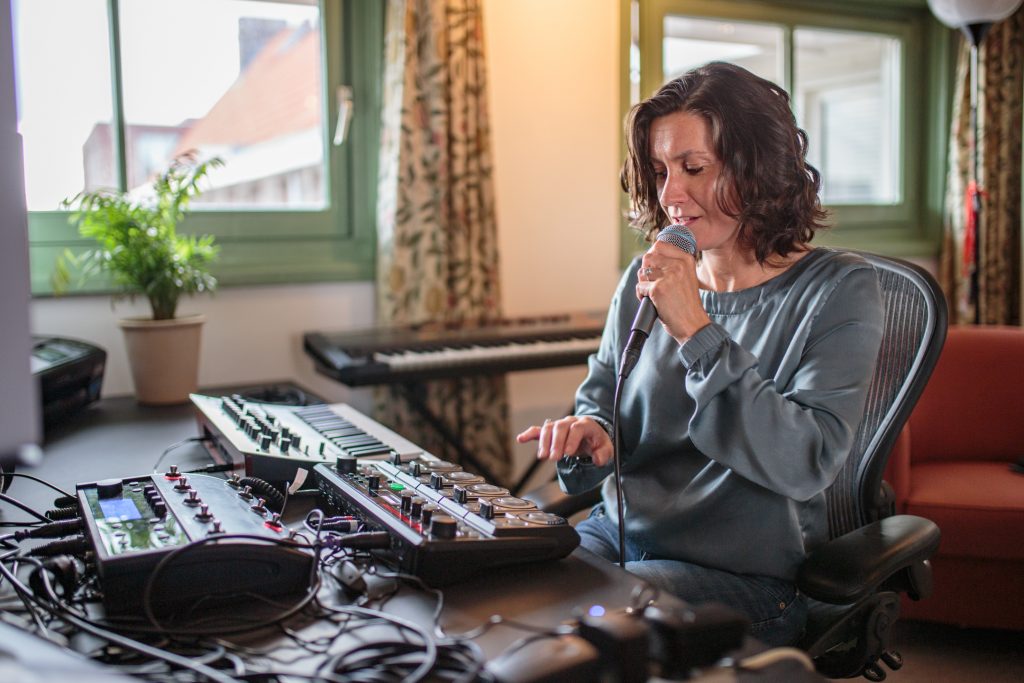
This also affected the sort of music I created. In my lyrics, I began to address social and spiritual subjects stemming from deep self-reflection and meta-contemplations. I found out that this music was much closer to my own truth—but that the mainstream audience largely failed to connect with it.
The response was stark. Nobody bought my music anymore. And nobody booked my shows.
And I must admit: at first, this made me feel like failure. But as I grappled with this reality, I also became aware of my need for validation and recognition from others. I came to see how I was still hoping that music and creativity would fulfill those needs, as in all those years before. And when I recognized that old pattern, a light bulb switched on for me—and by its light, I could see my inner compass. Suddenly, it was clear to me: This is exactly what you have to do now. You don’t know yet where this path will take you. Not everyone will understand. It may not bring recognition. But this is the only way. Going back is not an option anymore. I followed my creative instinct and was no longer concerned with what might or might not be successful.
The Purposes of Creativity
In this results-oriented world, we are often unaware that the creative process can have intrinsic value for personal development and living a meaningful life. This was made painfully clear to me by people who used to tell me that I would never be famous with my type of voice, or my type of music. Some even suggested that I’d do better to just quit altogether. These comments used to make me feel so ashamed and insecure. Now I see that these judgments had little to do with me; they were being made, in the language of the theory of positive disintegration, from the perspective of primary integration. For these people, creativity and art are merely tools for the direct satisfaction of needs and self-interest: to gain recognition or even fame.
Over the years, I learned to value and recognize myself for the person I am. Consequently, I relied less on the need for validation and recognition from others. Connecting to my inner compass and choosing my own creative path gradually made my restlessness go away. For two years now—to my surprise, I’ve felt mostly tranquil, balanced, and peaceful.
In this state of mind, however, my impulse to create is not as strong as it used to be. I consider it a great achievement that I don’t create to gain recognition anymore, but this absence of inner conflict has also caused that force that was driving me to create to dissipate. I don’t feel the need to vent my emotions through making music because my emotions are no longer overwhelming. Singing, therefore, doesn’t give me that feeling of satisfaction the way it used to. I don’t even identify so much anymore with “being a performer” or “being a musician,” and can feel great for days without having the need to make music or create something.
I don’t create to gain recognition anymore, but this absence of inner conflict has also caused that force that was driving me to create to dissipate.
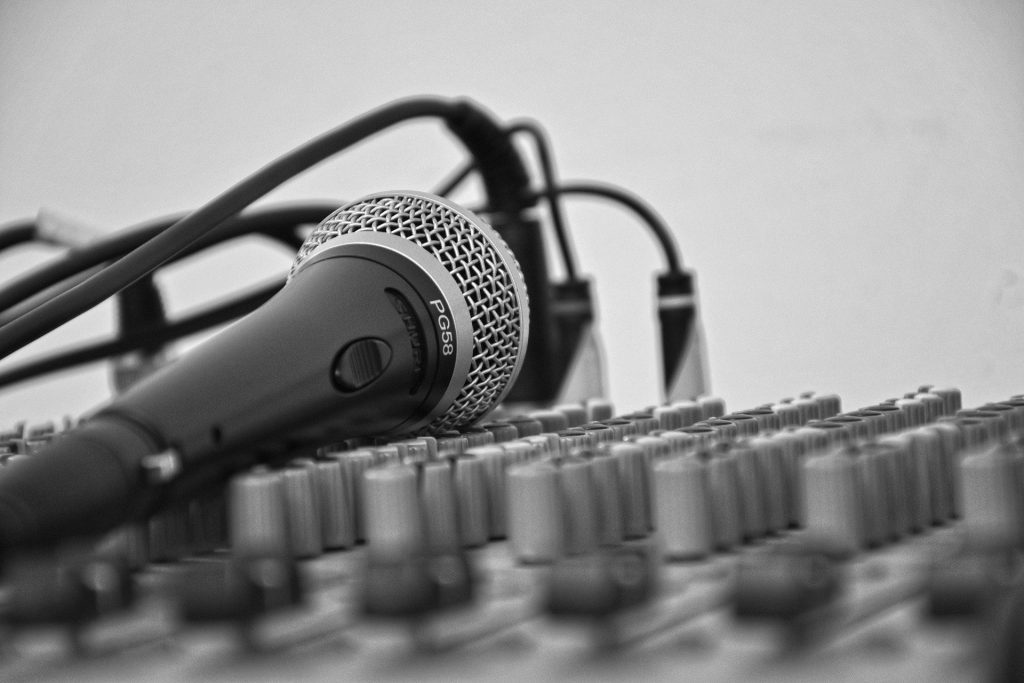
At first, I was confused—even worried—by this development. After all, looked at from a certain angle, it feels like I have lost something. As I was trying to figure out about what had happened to my creativity, I came across this quote by Dabrowski:
The creative instinct, per se, does not usually contain hierarchical, evaluative elements. It is only the coupling of this instinct with other higher level dynamisms that links it with the need to develop an autonomous personality and its ideal. In such circumstances the creative instinct usually becomes “introverted,” less “self-confident,” less dramatically externalized, less manifested to impress other people. Instead it appears as a more hidden, more dependent, more “modest” factor subordinated to the forces of the growing personality and its ideal and the self-perfection instinct. (Dabrowski, Kawczak, and Sochanska, 1973)
Dabrowski’s insight made everything clear. When I reinvented myself as a creative musician, I got the chance to perform, travel, and meet wonderful people from all over the world, who I would have never met if I wasn’t into music. Thanks to these people, I had profound, life-changing experiences. They made me realize something important: namely, that it is not so much the music, but the connection with others that makes these experiences so meaningful in the first place. As a vehicle for meeting and connecting with others, my musical impulse led me to plenty of peak experiences and opportunities for personal growth.
It is not so much the music, but the connection with others that makes these experiences so meaningful in the first place.
Opening to the Future
I now see my creative instinct as a facilitator for my development as a person. It gave rise to some of my central values—things like connection, awareness, autonomy, authenticity and compassion. Moreover, I now understand creative living to encompass so much more than making art: it is equally expressed in activities like cooking, gardening, teaching, coaching, and being a business owner. Don’t get me wrong—I still enjoy making music very much. But I don’t feel the urgency anymore to create just for self-expression—to release my excess feelings into the Universe.
These days, I feel most energized when my creativity can serve the values I mentioned above. In one example, this year I started to write music for a series of non-conventional guided meditations. I also wrote and produced a song about how we are not taking good care of our earth. I recorded the song remotely with my fellow musicians in Mexico, to stay connected and inspired during the coronavirus lockdown. I decided to donate the proceeds of this song to the Dutch lawsuit against Shell Oil to hold them accountable for climate change.
Looking back now, I would have never imagined that this could be my creative journey. At first, I used creativity as a means to fulfill deficiency needs. Later on, it developed into a tool to explore and express myself, and to find and shape my identity. Currently, my creativity serves my effort to address things that are larger than myself. I don’t know yet what my next creative phase will be or where it will take me. But I’m open, and looking forward to whatever the future brings.

